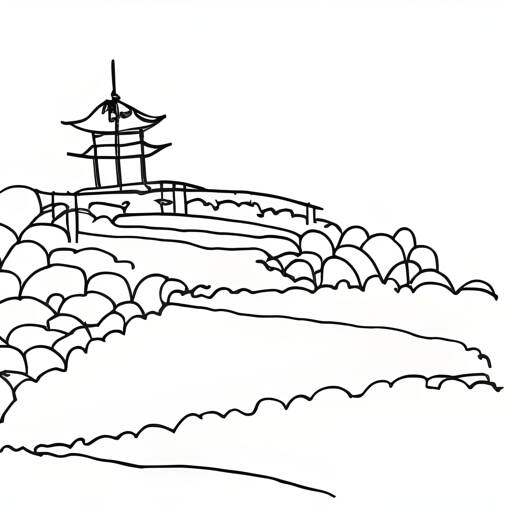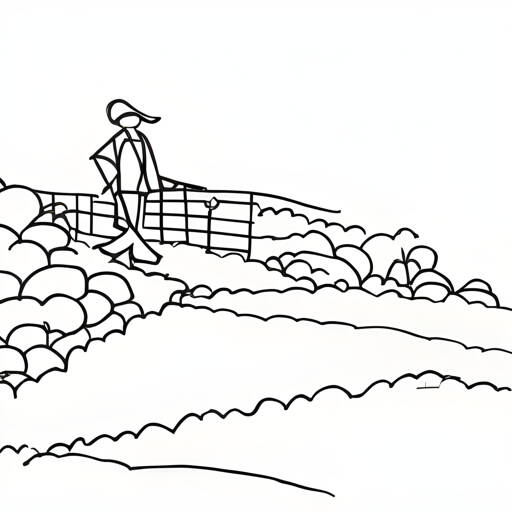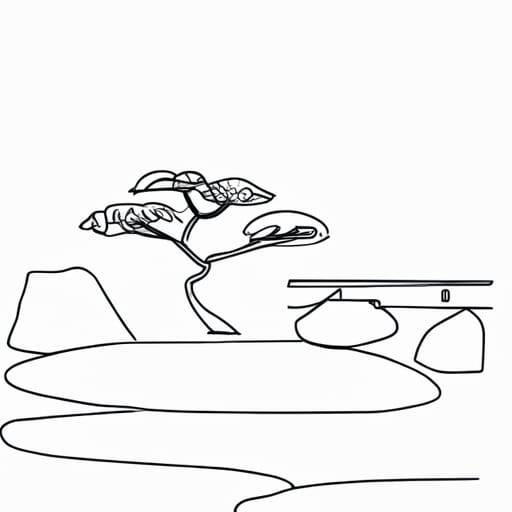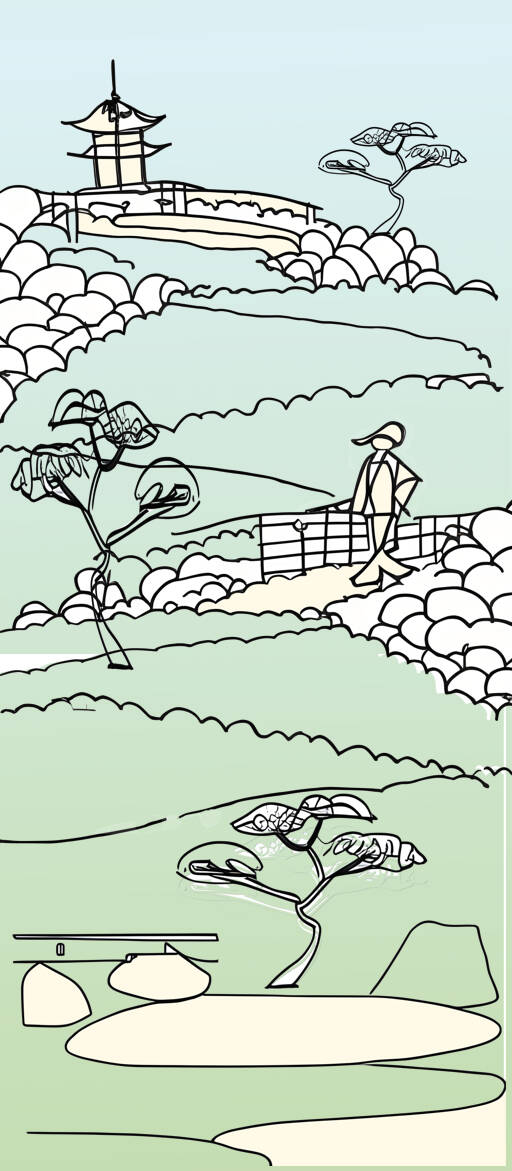Copyright and plagiarism
The rules on copyright and plagiarism are much older than the current rise of generative AI. We define generative AI as artificial intelligence that can produce texts, images or music, whether or not based on instructions from people. As of 2022, there is controversy over three themes, namely copyright to the writer of the prompt, copyright to the creators of the images / lyrics / music the AI are trained on, and plagiarism of existing works by the AI.
Situation on February 7
Last February 7th we investigated the state of affairs. 'Theater d'Opera Spatial' had won first prize in August 2022 in the Digital Arts / Digitally-Manipulated Photography category of the Colorado State Fair. The fact that this was an AI-generated artwork created by Jason Allen caused quite a stir. Below is a screengrab of it, the original is much more detailed.
Last February, a number of lawsuits were filed against the makers of the AI, such as Stability AI and Midjourney, for allegedly making improper use of works published on the internet. Artists who had published art generated with AI were also told that it was not certain whether they could claim copyrights. In some cases previously granted copyrights were revoked. Below is an image from the comic book 'Zarya of the Dawn', to which that happened.
According to the creators of AI-generated images, their work bears similarities to photography as well as other digital art forms. With photography because the depicted subject already exists and only the 'what' and the 'way in which' requires creativity. With other digital art forms, the similarity is that you let the computer 'calculate' parts in whatever way you want: you can have it calculate the exposure, 'stamp' patterns such as grass and trees, set a color gradient in a menu, and so on. In addition, Dutch copyright law explicitly states:
Artikel 6 Auteurswet
If a work has been created according to the design of another person and under his direction and supervision, this person is regarded as the creator of that work.
Artikel 7 Auteurswet
If the activity, performed in the service of another person, consists of the production of certain works of literature, science or art, then, unless otherwise agreed between the parties, the person in whose service the works are manufactured, is regarded as the maker of those works.
Situation on March 16
Meanwhile, an authority has made itself heard, namely the U.S. Copyright Office of the Library of Congress. Unlike in the Netherlands and Europe, a work in the United States only has copyright if it has been registered as such, and this Copyright Office takes care of that. The US copyright office has published an official document on whether art created by an AI can be copyrighted or not. Their conclusion: basically not. (See https://public-inspection.federalregister.gov/2023-05321.pdf for full text.)
In brief:
- Only humans can have copyright, not machines, not algorithms, not monkeys either.
AI artwork generated solely by a prompt cannot be copyrighted because the creative work is done by the algorithm. - Prompts may receive copyright protection, but "While some prompts may be creative enough to be copyrighted, that does not mean that material generated from a copyrighted prompt is itself copyrighted."
- Altering the AI generated image grants copyright. This change should be more than a simple correction, but evidence of creative input.
- Arranging or arranging AI-generated work grants copyright. For example, we can create a comic with AI-generated images and copyright it, but the images themselves are not technically copyrighted.
The author of the aforementioned comic book 'Zarya of the Dawn' has therefore received copyrights on this work, but not on the individual pictures. The first work of art 'Theater d'Opera Spatial', of which the maker himself says that it was made by AI and that he has only made minor corrections himself, will also not receive any copyright. Whether or not it is art is completely irrelevant.
Note: This only applies to the US.
Moving on
The expectation is that the Netherlands will work together with the other countries in the European Union, so that the highest word must come from - and legislation will be made in - the European Parliament. A committee is already working to regulate AI in Europe, but it is mainly concerned with eliminating excesses such as automated discrimination. They don't seem to be getting around to assigning copyright to the prompt writers yet.
For the time being, Dutch legislation still offers protection, because the core point of the U.S. Copyright Office is about 'creativity', while this word does not appear at all in Dutch copyright law. On the other hand, AI-generated art also does not fall within the descriptions of the list of copyrighted works (Artikel 10 Auteurswet).
So the problem about copyrights will first arise when we start publishing our works in the US. Because the internet is everywhere, this can soon be the case. It therefore seems advisable to take a step back and only show content that you have edited or arranged sufficiently creative. Below is an example from old to new: arranged and edited.




Another middle ground is writing such bad prompts that creative editing of the results is simply necessary; think of adding people to empty scenes, or adding a head to a body. Pretending to have done this, when in fact you have hardly changed anything, does not work in the American legal system: you are obliged to fill in the application form from the Copyright Office truthfully on how you produced the work and with whom or what. You don't want to be sued for forgery, fraud, or whatever other term applies to it afterwards.
To be continued
The questions surrounding copyright are therefore far from being resolved. There is (yet) no worldwide agreement on having copyrights on AI-generated works. The lawsuits against the AI providers - whether or not they can just use content on the internet - are still ongoing. The existing copyright already protects artists against copying their work, whether or not this is done with the help of AI. Artists who feel plagiarized because their style can be imitated with AI have a bigger problem, because copying someone's style is allowed as long as the end product doesn't resemble existing works too much.
We'll keep an eye on the news and report on it as more becomes clear.




Reactie plaatsen
Reacties